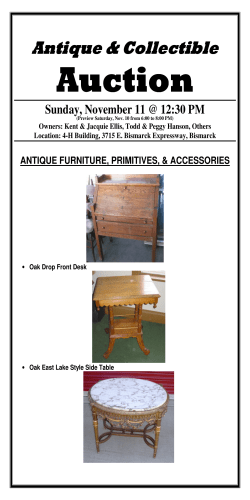
Suggested use:
Suggested use: When using Glassline on the top surface of glass use a thin application. If the fired piece has a rough texture it means the Glassline was applied too thickly or was under fired. The rough texture can be used as an interesting design feature. Thick black lines were applied and allowed to dry. Use frit or thinned Glassline to fill in the outline, giving the piece the look of stained glass. Glassline may be thinned with water to achieve a watercolor or sumi effect. Simply brush the thinned Glassline on the glass using a soft brush. Once the Glassline has dried you can then come back and highlight areas by scratching the Glassline off with the end of a brush or other wooden tool. Highlights using the pen may be also added at this time giving you multiple line qualities. Glassline Pens and Chalks may be used on the same piece. First draw or shade with the chalks on a piece of sandblasted glass, then come back and add some outlining or other drawing with the Glassline Pens. This gives you the look of a charcoal drawing and the clean crisp lines of a pen and ink drawing. Glassline may be thinned with water and airbrushed onto glass. This allows for interesting subtle changes in color. Once the airbrushed piece had dried you can then come back with a pointed piece of wood and scratch off areas of Glassline. Highlights may then be added to the piece with the Glassline Pens. This technique works well with an opaque sheet of colored glass as the background and a transparent sheet of glass as the top piece. Glassline Pens may be used in combination with powdered frit. Sprinkle a layer of frit onto a piece of glass. Take the Glassline Pen and draw through the frit. This will add a thin line of color between the frit. A halo will form around the Glassline where the frit has been pushed aside by the metal tip on the end of the Glassline bottle. The Bronze Patina Glassline Pen when sandwiched between layers of glass will form tiny bubbles along the line. Do not tack fuse before stacking the glass to achieve this result. Glassline Paper is fusible colored paper that is designed to be fired between layers of glass. It may be used with any COE of glass. The Glassline Paper is easy to cut with scissors, a razor knife or simply torn to achieve a ragged edge. Intricate designs are easy to achieve with this product. Please contact your local glass supplier for more information. Glassline Pens are a lining and shading material for glass. They are simple in design, easy to use and may be thinned with water. A metal tip set is recommended for fine line drawing on glass. The tip set consists of one each of the following size tips: bold, medium, and fine. These tips are placed on the end of the applicator bottle to achieve a variety of line widths. Glassline may be applied between multiple layers of glass or on the top surface for a complex dimensional look. To further explore your creative edge, Glassline may be sprayed to achieve subtle shading variations. Glassline is compatible with most types of glass from float to 90 and 96 COE. For best results “tack fuse” individual sheets of glass before stacking your full fuse. While best fired to 1500°F., it may be fired lower or higher depending upon your desired results. Available in twenty three vibrant colors. Glassline paints are lead free and food safe. Available individually in 2oz bottles and in a color kit with fourteen colors ( color kit includes GA01 through GA14 ) and a tip set. New colors and metallic colors are sold separately. Use Glassline Pens on Glassline Paper for a new and interesting ffect. Glassline Chalks may be used to draw on sandblasted glass, previously tack fused Glassline, or on Glassline Paper. A rough urface using powdered frit will also work with the chalk. Simply dust the glass with powdered frit and either tack fuse to 1250 degrees or use hair spray to hold the frit in place. The chalks may be used on the top surface or bottom surface of glass and then layered for a dimensional look. Different Glassline chalks may be layered one on top of the other for a blend of colors. Glassline Pens and Chalks may be combined on the same piece. A charcoal-like drawing may be done with the chalks and then outlined or accented with the Glassline Pen. The chalks are compatible with most types of glass from float to 90 and 96 COE. Best fired to 1500° F., they may be fired lower or higher depending upon your desired results. Glassline Chalks are lead free and food safe. Glassline Chalks are best used on glass with an opaque background to assure maximum visibility.
© Copyright 2025









